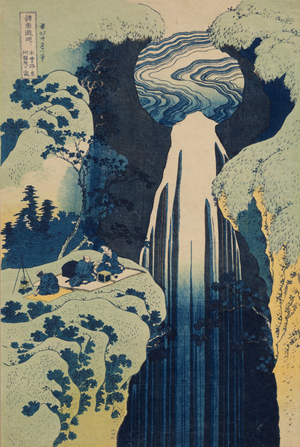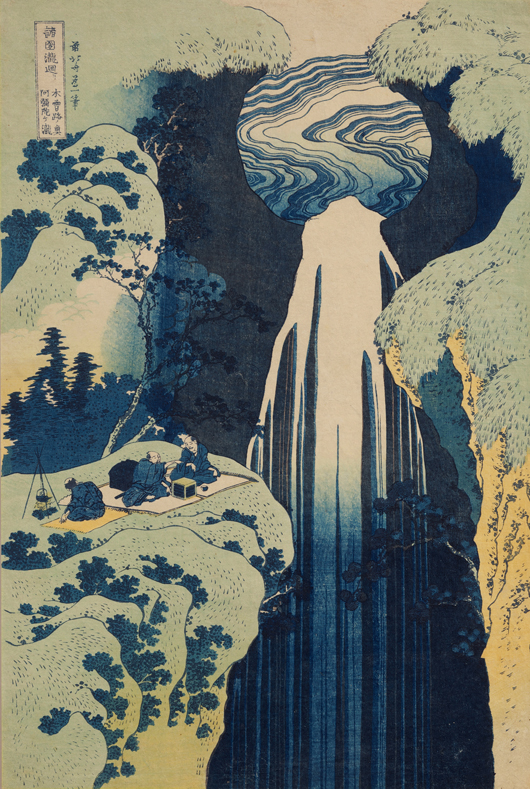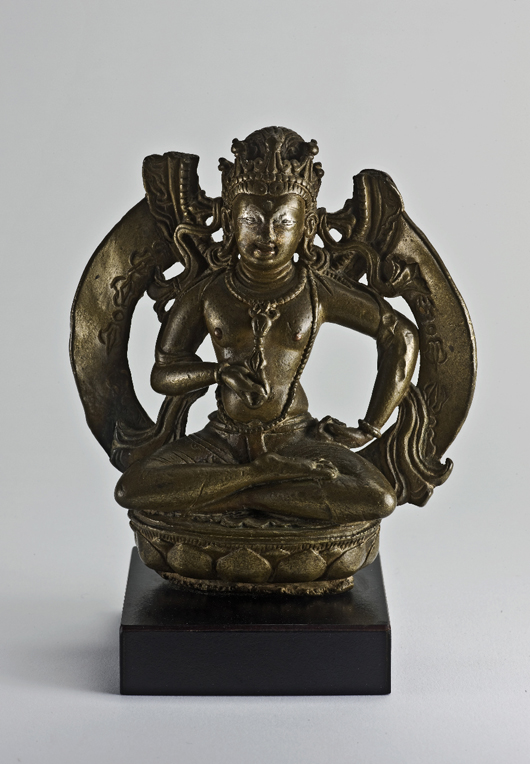
NEW YORK – Asia Week New York—the collaboration of 34 top international Asian art specialists, six major auction houses, and 17 museums and Asian cultural institutions— will take place March 16–24, 2012, throughout metropolitan New York, it was announced by Henry Howard-Sneyd, Chairman of Asia Week New York 2012, and Sotheby’s Vice-Chairman Asian Art, Americas.
“Asia Week New York provides an astonishing showcase for the strength and breadth of material that this city offers in all disciplines of Asian art,” said Howard-Sneyd. “In a few short years, New York has become an essential destination for international collectors, curators, scholars, and Asian art enthusiasts alike.”
The week-long celebration is filled with a non-stop schedule of simultaneous gallery open houses, Asian art auctions (including Bonhams, Christie’s, I.M. Chait, Doyle, iGavel, and Sotheby’s), as well as numerous museum exhibitions, lectures, and special events. Participants from England, France, Italy, Japan, Thailand, and the United States unveil an extraordinary array of treasures, which they set aside for their Asia Week New York debut. To help visitors easily navigate the week’s myriad activities, a comprehensive 88-page guide with maps, will be available at the galleries, auction houses, and cultural institutions, starting February 2012 and on www.AsiaWeekNewYork.com.
Asia Week New York welcomes several new prominent participants including Chambers Fine Art, Erik Thomsen, Littleton & Hennessy Asian Art, and Pace Prints, from New York; Francesca Galloway, Jonathan Tucker Antonia Tozer Asian Art, both from London; and Michael Woerner Oriental Art, from Bangkok.
Among the distinguished galleries in the field of ancient and/or contemporary Chinese art are Ralph M. Chait Galleries, China 2000 Fine Art, The Chinese Porcelain Company, Courage & Joy, Galerie Christian Deydier, Michael C. Hughes, Kaikodo Asian Art, J.J. Lally & Co., M. Sutherland Fine Arts, and Zetterquist Galleries.
Indian, Himalayan and Southeast Asia galleries include Art of the Past, Carlo Cristi, Dalton Somaré, John Eskenazi, Ltd., Oliver Forge and Brendan Lynch, Kapoor Galleries, Arnold Lieberman, Sue Ollemans Oriental Works of Art, Carlton Rochell Asian Art, John Siudmak Asian Art, and Nancy Wiener Gallery.
Ancient and/or contemporary Japanese galleries include Dai Ichi Arts, Kaikodo Asian Art, Joan B. Mirviss, Scholten Japanese Art, and Hiroshi Yanagi Oriental Art; with ancient and/or contemporary Korean specialists Kang Collection Korean Art and KooNewYork complete the extraordinary array of Asian art treasures on view.
For more information visit www.AsiaWeekNewYork.com.
# # #
ADDITIONAL IMAGES OF NOTE




